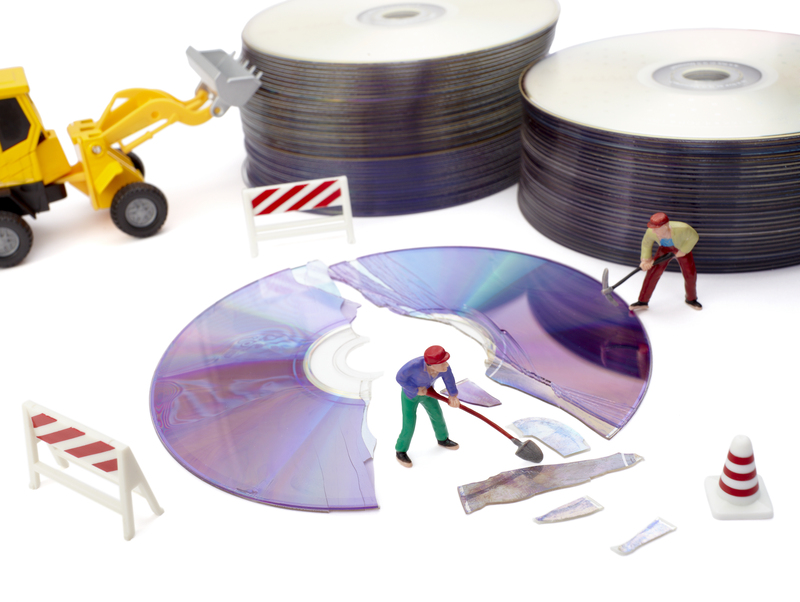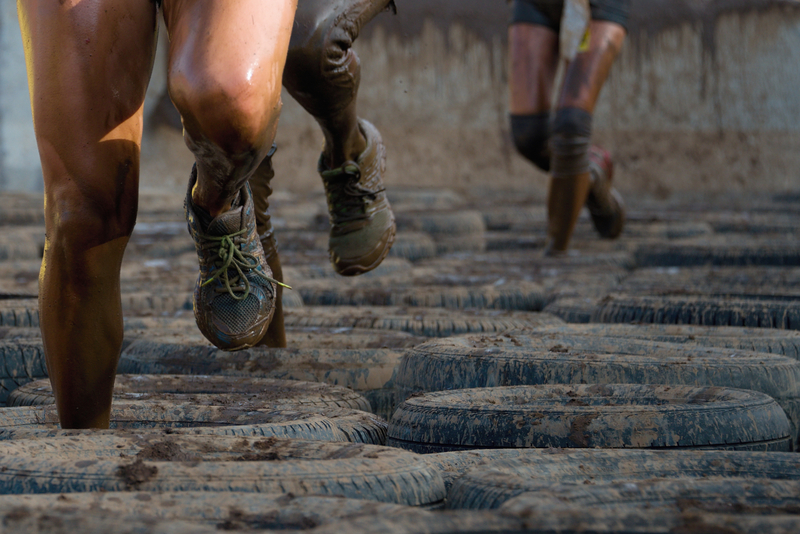Step-by-Step Instructions for Disposing of PPE Responsibly
The widespread use of Personal Protective Equipment (PPE) has become a crucial part of modern life, from healthcare settings to everyday protection against viruses. However, knowing how to dispose of single-use masks, gloves, gowns, and other PPE responsibly is imperative to protect public health and the environment. This comprehensive guide will walk you through the step-by-step process of proper PPE disposal and highlight the importance of responsible action.
Why Responsible PPE Disposal Matters
The increase in PPE use has led to a surge in waste, much of which ends up polluting our land, waterways, and oceans. Improper PPE disposal poses risks such as spreading pathogens, harming wildlife, clogging sewage systems, and adding to global plastic pollution. Therefore, following correct PPE disposal procedures is essential for individuals, communities, and organizations alike.
- Environmental protection: Reduces litter and plastic waste in natural habitats.
- Health and safety: Minimizes contamination and spread of infectious diseases.
- Resource management: Allows for the safe handling and possible recycling of PPE materials.

Understanding Types of PPE and Their Materials
PPE comes in different forms, and its material composition affects the correct disposal method. Here are common types:
- Disposable masks (surgical or single-use): Usually made from non-woven polypropylene.
- Cloth masks: Reusable, made from woven fabrics.
- Gloves: Latex, nitrile, or vinyl based on their use.
- Face shields: Plastic, sometimes with foam padding.
- Protective gowns or suits: Often polypropylene or polyethylene.
Understanding these materials is key to selecting the right disposal practice.
Step-by-Step Guide to Responsible PPE Disposal
Follow this structured guide to ensure your PPE waste doesn't harm the planet or human health.
Step 1: Remove PPE Safely
- Wash or sanitize your hands before touching used PPE.
- Carefully avoid touching the front or outer surface of masks or gloves.
- Remove masks by their straps or ear loops; pull gloves from the wrist, turning them inside out.
- Place each piece of PPE directly into a dedicated disposal bag.
Step 2: Segregate PPE Waste from General Waste
- Use a separate, clearly labeled bag or bin for PPE waste. This prevents cross-contamination and simplifies handling.
- If you or someone in your household is ill, double-bag the waste to reduce risk for waste handlers.
Step 3: Avoid Littering and Flushing PPE
- Never throw PPE on the ground, in public places, or down the toilet.
- Flushed PPE can block plumbing systems and pollute waterways.
Step 4: Seal and Store PPE Waste Properly
- Once your PPE bag is full, tie it securely.
This helps prevent leaks and accidental exposure. - Store the sealed bag out of reach of pets and children while waiting for waste collection.
Step 5: Determine the Right Disposal Channel
- Households: Put your sealed PPE waste bag in the general waste/trash, not the recycling bin.
- Workplaces & Healthcare Settings: Follow local regulations. Often, a designated disposal process or special collection point exists for medical waste.
- Do not recycle disposable PPE unless your municipality explicitly includes it in recycling programs.
Step 6: Practice Good Hygiene After Disposal
- Sanitize or wash your hands thoroughly after handling used PPE and its packaging.
- Disinfect any surface that came in contact with used PPE.
Special Considerations for Different PPE Types
Disposing of Face Masks Responsibly
- For single-use masks, follow the main steps above and dispose of them in the regular waste.
- Do not attempt to wash or reuse disposable masks.
- Remove nose wires (if possible) to prevent injury and facilitate incineration/landfilling.
- For reusable cloth masks: Wash thoroughly and air dry. Replace masks that are worn out or damaged following these steps.
Proper Disposal of Gloves
- Follow the removal technique to avoid skin contact with contaminants.
- Dispose of latex, nitrile, and vinyl gloves in the trash, not recycling.
- Do not attempt to clean and reuse disposable gloves.
Handling Other PPE (Face Shields, Gowns)
- Reusable face shields can be sanitized and reused whenever possible.
- Broken or single-use shields go into the waste bin.
- Gowns/goggles: If single-use, dispose of with PPE waste. If reusable, wash according to manufacturer instructions.
Advanced PPE Disposal Techniques: Recycling and Eco-Friendly Options
While current municipal recycling systems generally do not accept single-use PPE, new technologies and pilot programs are emerging to tackle PPE waste sustainably. Here's how you can reduce your environmental impact:
Look for Specialized PPE Recycling Programs
- Some organizations and companies offer mail-back or drop-off programs for mask and glove recycling (for example, TerraCycle in specific regions).
- These programs use advanced processes to break down and repurpose PPE into construction materials, benches, or other products.
Choose Reusable PPE Wherever Possible
- Opt for cloth masks, washable gowns, and reusable face shields to minimize your contribution to single-use waste.
- Ensure disinfection and proper maintenance to maximize the lifespan of your PPE.
Participate in Local Community Initiatives
- Some local governments run PPE collection drives for safe incineration or recycling.
- Contact your local waste management authority or environmental group to find out about available programs.
Tips for Minimizing PPE Waste
- Plan ahead: Take only as much disposable PPE as you need.
- Promote awareness: Educate your workplace and family on the importance of responsible PPE disposal.
- Reduce, reuse, recycle: Whenever feasible, choose alternatives that generate less waste.
- Support policies and innovation: Advocate for local governments and organizations to improve PPE waste management infrastructure.
Common Mistakes to Avoid for Sustainable PPE Disposal
- Do not mix PPE with recycling: Contaminated PPE can ruin entire batches of recyclables.
- Avoid burning PPE at home: Open-air burning releases harmful pollutants and is unsafe.
- Never abandon PPE outdoors: This is a significant source of urban and marine pollution.
- Do not attempt to compost PPE: Most PPE contains plastics or synthetic materials that do not biodegrade.
Regulatory and Legal Guidelines for PPE Waste Disposal
Proper PPE waste management is governed by local, national, and sometimes international regulations:
- Healthcare facilities: Must comply with medical waste management policies, including the use of color-coded bins and regulated waste transport.
- Businesses and institutions: Should follow Occupational Safety and Health Administration (OSHA), Environmental Protection Agency (EPA), or local equivalents' guidance for PPE disposal.
- Households: Should adhere to local waste authority instructions, which typically direct that PPE go to landfill-bound general waste.
Check with your municipality for up-to-date PPE disposal instructions and stay informed of changes as waste management technologies and regulations evolve.
Protecting Sanitation Workers and the Community
Sanitation professionals remain on the frontlines of waste management. Your role in responsible PPE disposal helps safeguard their health and ensures effective community hygiene.
- Always bag your PPE securely.
- Label PPE waste if required, especially from COVID-affected households.
- Follow any quarantine or waiting period recommendations for PPE waste (e.g., 72 hours) to allow viruses to deactivate.

Frequently Asked Questions about PPE Waste Disposal
Can PPE be recycled with other plastics?
No. Most single-use masks and gloves are made from mixed materials or contaminated plastics that are not recyclable in regular household bins. Specialized programs are required for PPE recycling.
How often should I dispose of my PPE?
Dispose of single-use items after each use. Reusable items should be discarded if they are damaged or no longer function effectively, according to manufacturer guidelines.
What if my local authority doesn't have specific PPE waste guidelines?
Default to the safest practice: bag PPE waste separately and place it in the general trash. Never put used PPE in recycling or compost.
Are there biodegradable types of PPE?
Some manufacturers offer biodegradable masks and gloves. However, most disposable PPE remains petroleum-based and should be disposed of as general waste. Look for third-party certifications when using "eco-friendly" PPE.
Conclusion: Making Responsible PPE Disposal Part of Everyday Life
By following these step-by-step PPE disposal instructions, you help stop disease transmission, protect waste workers, and reduce environmental damage. Responsible PPE disposal is everyone's job--at home, work, school, and in public spaces.
- Always remove and bag used PPE safely.
- Dispose only in designated waste streams, not recycling or compost.
- Seek out and support innovative recycling options and reusable alternatives.
- Spread awareness about responsible PPE waste practices.
With continued awareness and effort, we can reduce the negative impact of PPE waste and build more sustainable habits. Remember: every responsible PPE disposal counts!
If you found this guide helpful, share it with your friends, family, or colleagues to promote safer and greener communities.
